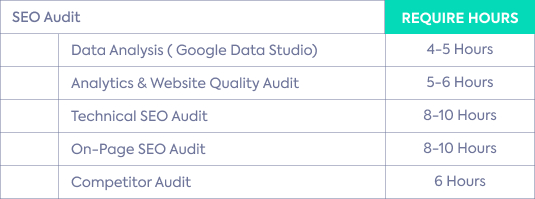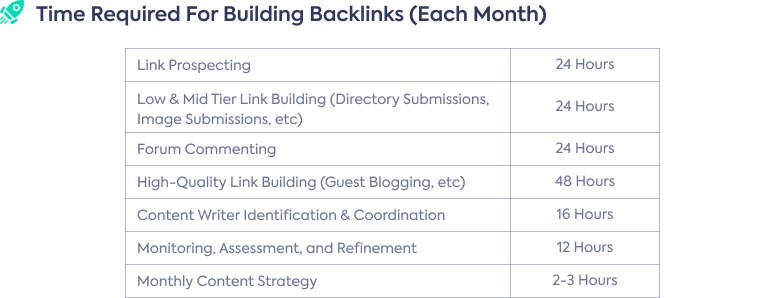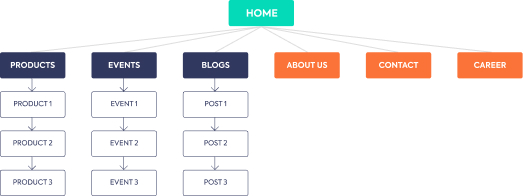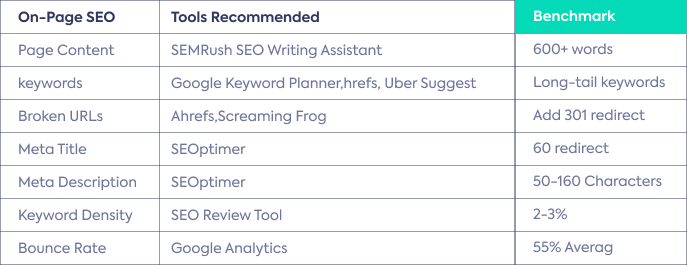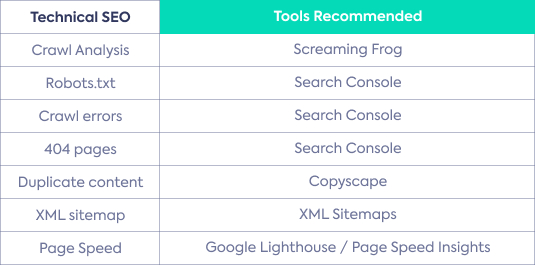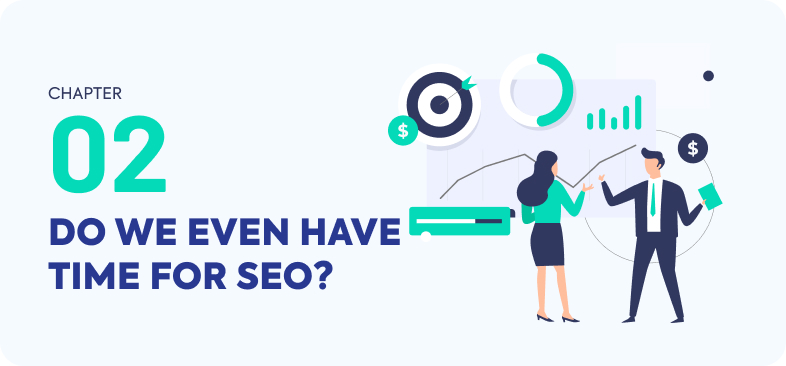The history of Search Engine Optimization goes back to the time when the first Search Engine “Archie” was launched in 1990. However, it didn’t have a front-end graphical user interface and back-end complex algorithms to find, collect, and organize information. Fast forward to the late 90s, Excite, Wandex, Lycos, AltaVista, and Dogpile were introduced in the hope that they would help people find what they were looking for.
It wasn’t until 1996 that a website that would later revolutionize the search world was introduced. Initially known as BackRub, this search engine ranked websites based on their popularity and not alphabetically or with payments. Within these 20 years, this search engine has become a synonym for searching (Yes, BackRub was the first name of our beloved Google), so much that the word “search” is no longer used, the phrase “Google it” is enough. It has successfully dominated the search engine market, with about 88.47 percent market share as of April 2019.
Having derived its name from the popular mathematical term for a number 1 followed by 100 zeros (googol), Google is completely aligned with the reason it was given this name – to signify that the search engine was intended to provide large quantities of information. So the one thing search engines desperately want to accomplish is serve the perfect match for a search query. The sole focus of search engines is to provide value-jammed information to users. But how would they do that? Enter SEO.
With the expansion of the digital world, and the introduction of cloud-based services such as SaaS, IaaS, etc. search engines were viewed as key lead generators, which meant that the stronger your online presence, the higher are your chances of being spotted by a potential customer. It’s all about creating an impactful digital presence which will not only increase the quality and quantity of website traffic, but also strengthen your brand position; all this through a non-paid (or “organic”) search engine results.
To understand SEO – Search engine optimization, you need to know about Search engines. To state in simple words, search engines are answer generators that skim and evaluate billions of content pieces to find the one that is most likely to answer a searchers’ query. They do so by finding and marking the available content – “Crawling and Indexing”, and then placing them in an order to depict how well they match a query – “Ranking.” (This will be discussed in-depth in Chapter 3).
SEO was a grimy business a few years ago. You needed to invest in Private Blogger Networks (PBNs), buy and sell links, & use a lot of black/grey hat techniques to rank or defend your position.
Thankfully Google has evolved with time and with its Panda and Penguin algorithm, become much smarter! Search engines are doing their best to mimic the real world. Continuous algorithm updates are helping search engines display the best results for a search query, backed by proper research and filled with immense value.
So let’s put that in context. When you are hiring someone for a job, how do you shortlist candidates? You look at their resume to see where they have worked and what schools they attended and also look at what they have done at each place.
Let’s say they have worked at Goldman Sachs or the White House or went to Harvard or Yale; that automatically signals your brain to pay more attention to that particular resume. This is essentially what Google is also looking for; it’s looking for who has mentioned you on their site. If an authority site has mentioned you, it signals Google to take you more seriously. So (off-page SEO/link-building – discussed in Chapter 3 and 7) is one part of it.
The other part is on-page SEO and Contextual Relevance. So going back to the analogy, let’s say you are hiring for an engineering position and the person was the Top Chef at WhiteHouse with no engineering background – would you shortlist them? No!
That’s what contextual relevance is.

You can get a backlink from a top site but if it’s not relevant to what you do, Google is going to understand that, and not rank you or provide you that link juice.
Now that you understand Off-Page and On-Page SEO, let’s talk about Technical SEO. Let’s say that you have a Top Engineer from Goldman Sachs who went to Harvard applying for a relevant engineering position within your company – would you short-list them? Probably! What if the resume was written in German and you couldn’t read it? Sure you can make out some words, but it’s probably going to the garbage pile! That’s what Technical SEO (discussed in chapter 3) is. Google’s spider needs to be able to read your website to understand what you are all about!
So to summarize, your site should have:
- Good quality and relevant content that answers the user’s intent and also provides them a great experience through quick load times and optimized flows.
- A solid website architecture that allows the search engines to scan or crawl to better understand what the site or page is about content and in the end rewarding user-friendly sites with better or higher rankings on the search engine results page.
- A solid website architecture that allows the search engines to scan or crawl to better understand what the site or page is about content and in the end rewarding user-friendly sites with better or higher rankings on the search engine results page.
- Links from other websites that are a validation that the information is worthy of being put in front of the visitors
This gives you a thumbs-up by linking a website or webpage having relevant, contextual content. That’s SEO today!
By improving the SEO of your website, you can work to expand your visibility on the search engines which in turn helps you to reach and engage more potential customers, which will simultaneously increase your chances of bringing-in targeted organic traffic.
“If we turned off all acquisition spend/effort today, would we still grow?”
If the answer is no – then SEO and Content Marketing should be your #1 Growth Channel.
SEM is a tap that turns off as soon as you stop spending on ads. PR increases brand awareness and may not have an immediate impact on subscription revenue.
Additionally, SaaS Buyers are conducting extensive product and competitor research to identify the best provider for them. Showing up #1 for relevant keyword searches helps you be front and center with your target customer. That is the power of SEO. Being at the right place at the right time.
SEO and Content Marketing is surely something that takes time to scale. But once you have laid the foundation, it is something that scales without further investment and while you sleep!

